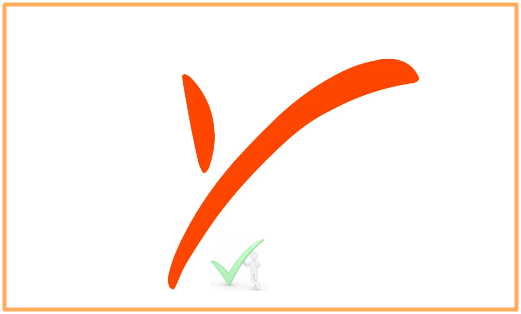Retirement planning is crucial for a secure financial future, and 401(k) plans have become a popular option for many individuals. In this article, we will explore the basics of a 401(k) plan and provide a step-by-step guide on how to withdraw money from 401K when the time comes.
A 401(k) retirement plan is an employer-sponsored savings plan designed to help individuals save for retirement. It allows employees to contribute a portion of their salary to the plan, often with the added benefit of an employer match. The contributions are made on a pre-tax basis, meaning that they are deducted from the employee’s paycheck before taxes are applied, which can provide significant tax advantages.
One of the key advantages of a 401(k) plan is the power of compounding interest. Over time, the contributions made to the plan, along with any investment gains, can grow significantly, helping to build a substantial nest egg for retirement.
Furthermore, many 401(k) plans offer a variety of investment options, allowing participants to choose how their contributions are invested based on their risk tolerance and retirement goals.
READ THIS: How To Calculate Monthly Mortgage Payments | Benefits Of Calculation Your Mortgage Payments
401(K) Retirement Plan Benefits
Below are the key benefits of a 401(k) plan you should know;
- Tax Advantages
- Employer Contributions and Matches
- Automatic Payroll Deductions and Savings Discipline
- Investment Options and Flexibility
Steps To Withdraw Money From 401K
While a 401(k) is primarily designed to provide income during retirement, there are certain circumstances that may warrant an early withdrawal. Here are the general steps to follow if you need to withdraw money from your 401(k) retirement plan;
- Understand the withdrawal rules
Familiarize yourself with the specific rules and regulations governing your 401(k) plan. Each plan may have its own set of guidelines regarding withdrawals, eligibility criteria, and potential penalties. Read the plan’s documents or consult your plan administrator to understand the rules that apply to your situation.
- Determine your eligibility
Generally, you must meet certain requirements to be eligible for a 401(k) withdrawal. These may include reaching a certain age (usually 59 ½) or experiencing a qualifying event, such as retirement, disability, or financial hardship. Confirm your eligibility before proceeding.
- Review tax implications
Withdrawals from a 401(k) plan are typically subject to income tax. Depending on the circumstances, early withdrawals may also incur a 10% penalty. Consult with a tax advisor to understand the potential tax consequences of your withdrawal.
- Submit a withdrawal request
Contact your plan administrator to initiate the withdrawal process. They will provide you with the necessary forms and guide you through the required documentation. Be prepared to provide details such as the amount you wish to withdraw and the reason for the withdrawal.
- Choose your withdrawal method
Typically, there are several options for withdrawing money from a 401(k). You may opt for a lump-sum distribution, periodic payments, or a rollover to an Individual Retirement Account (IRA). Each method has its own implications, so consider your financial goals and consult with a financial advisor to make an informed decision.
- Complete the withdrawal process
Once you have submitted the necessary paperwork, the plan administrator will process your request. The timeline for receiving the funds may vary depending on your plan’s procedures.
Conclusion
A 401(k) plan is a valuable tool for retirement savings, but it’s important to understand the withdrawal process when the need arises. By following the steps outlined in this method to Withdraw Money From 401K above and seeking professional guidance, you can navigate the withdrawal process successfully and make informed decisions about your financial future.








